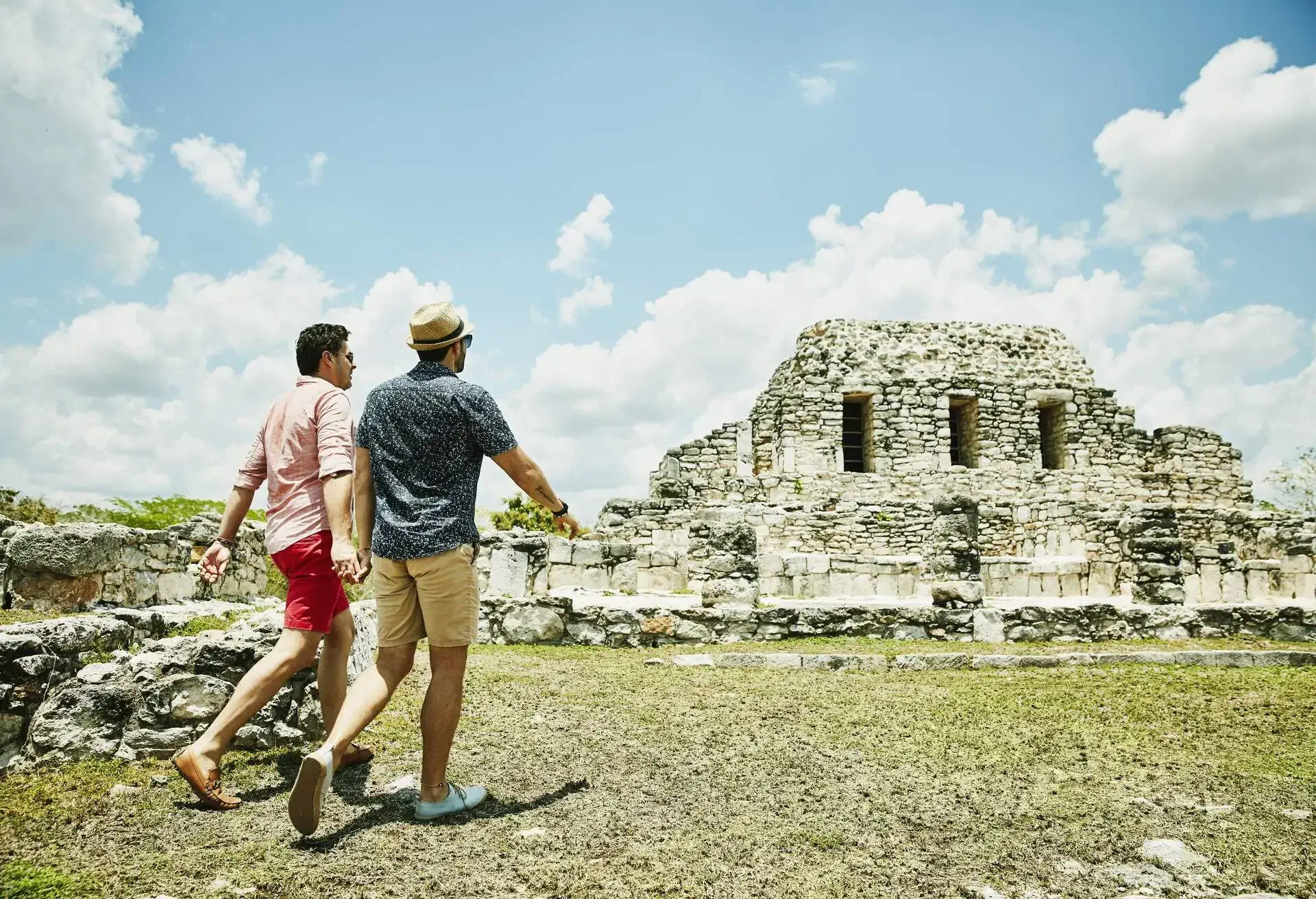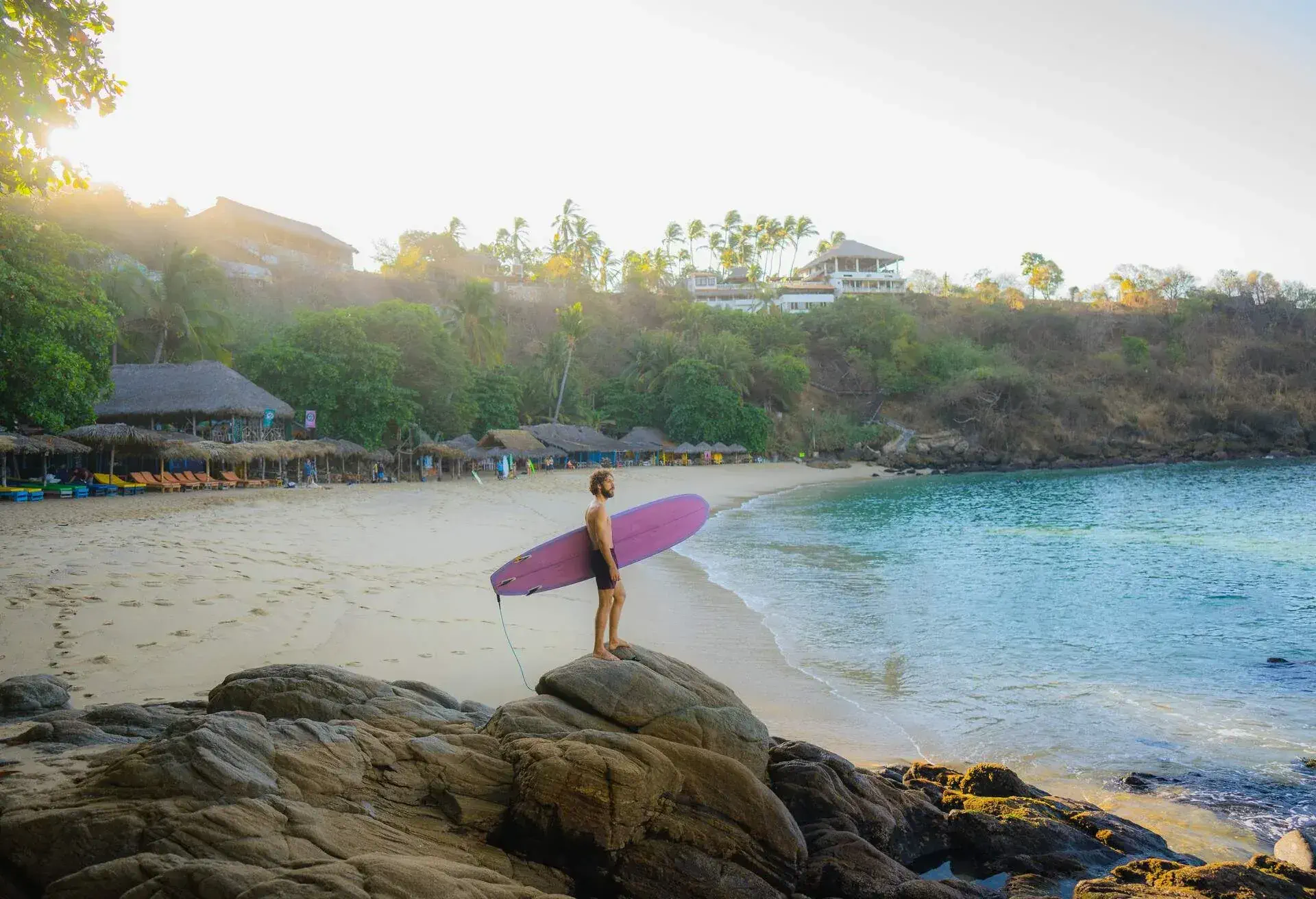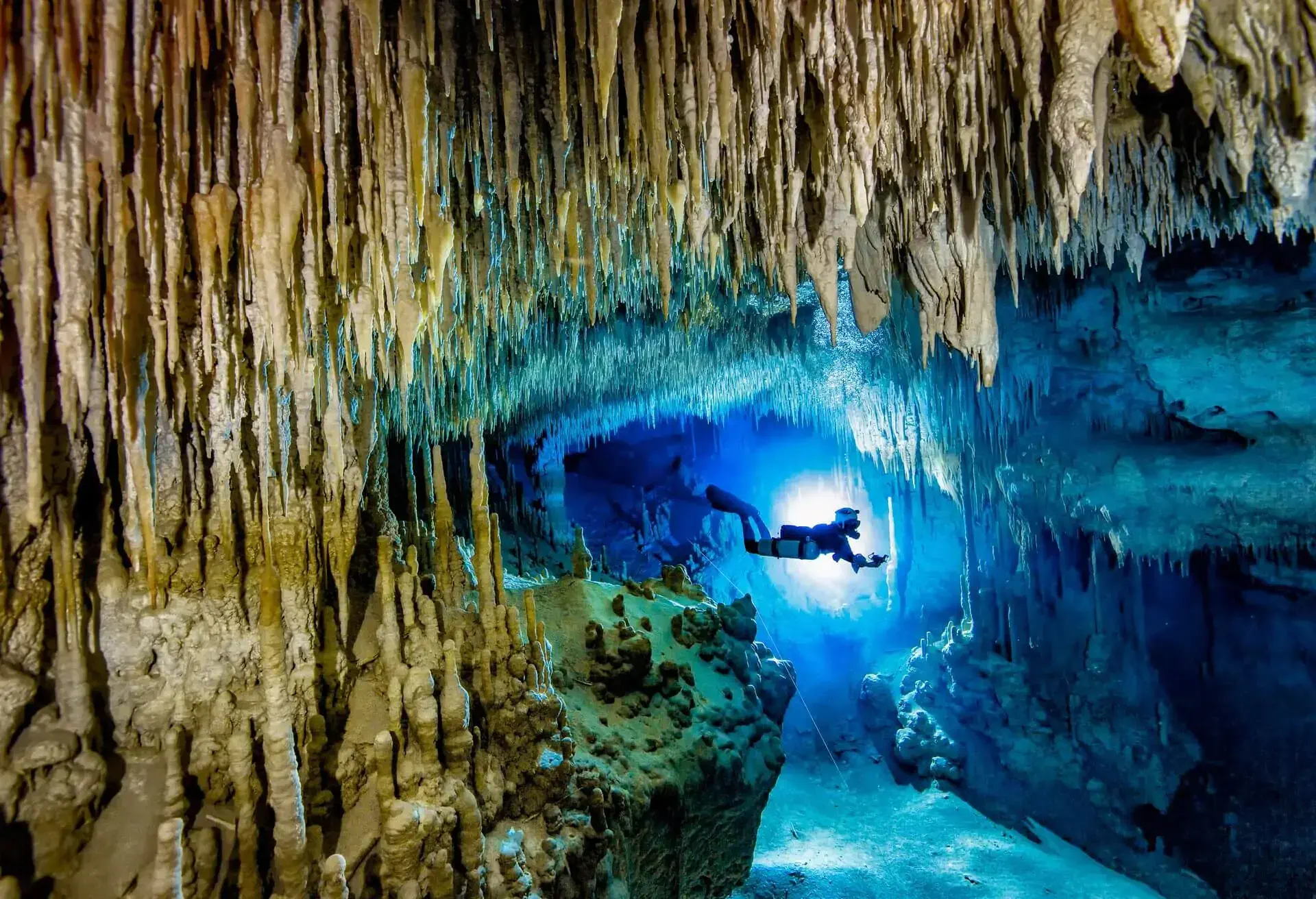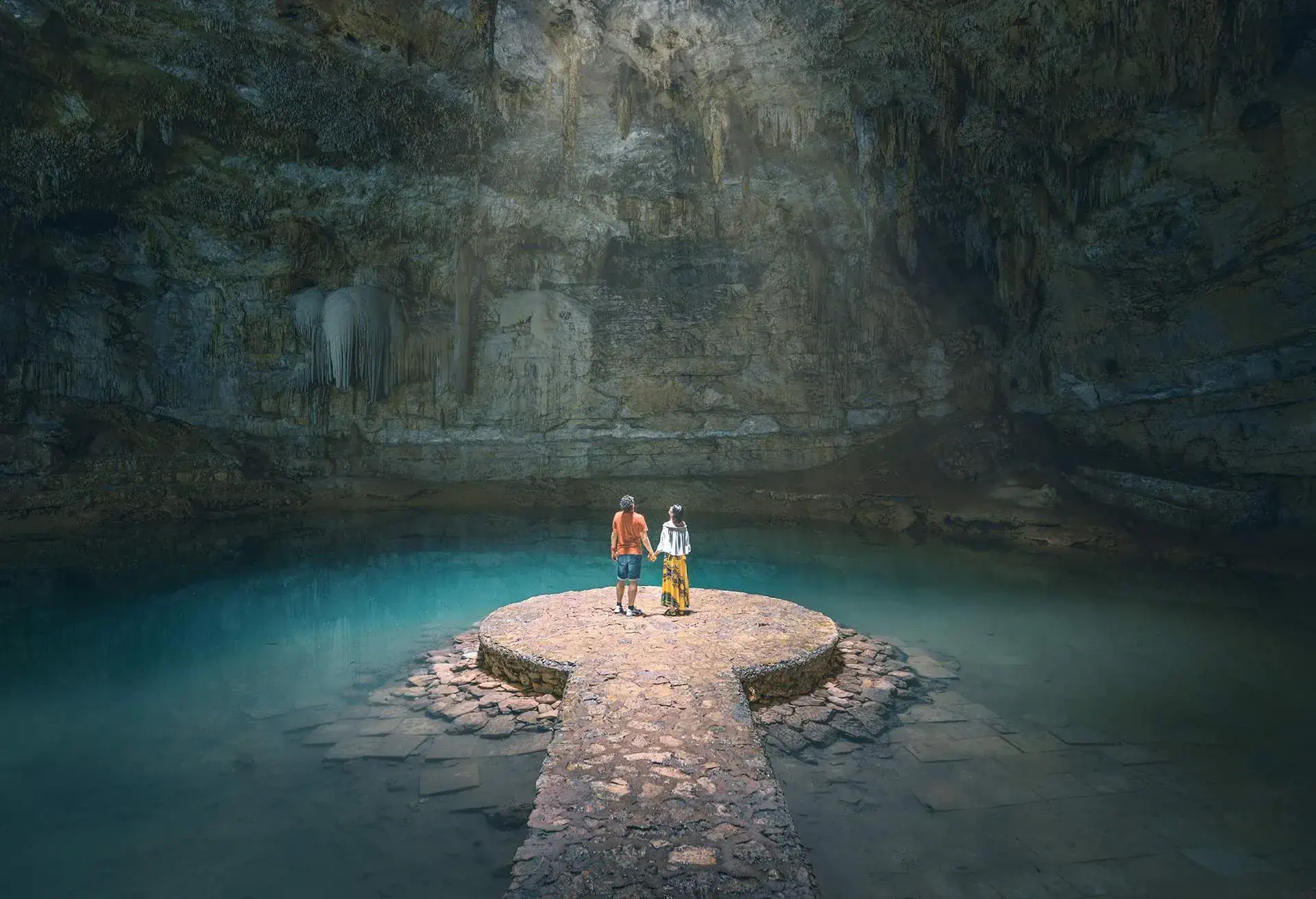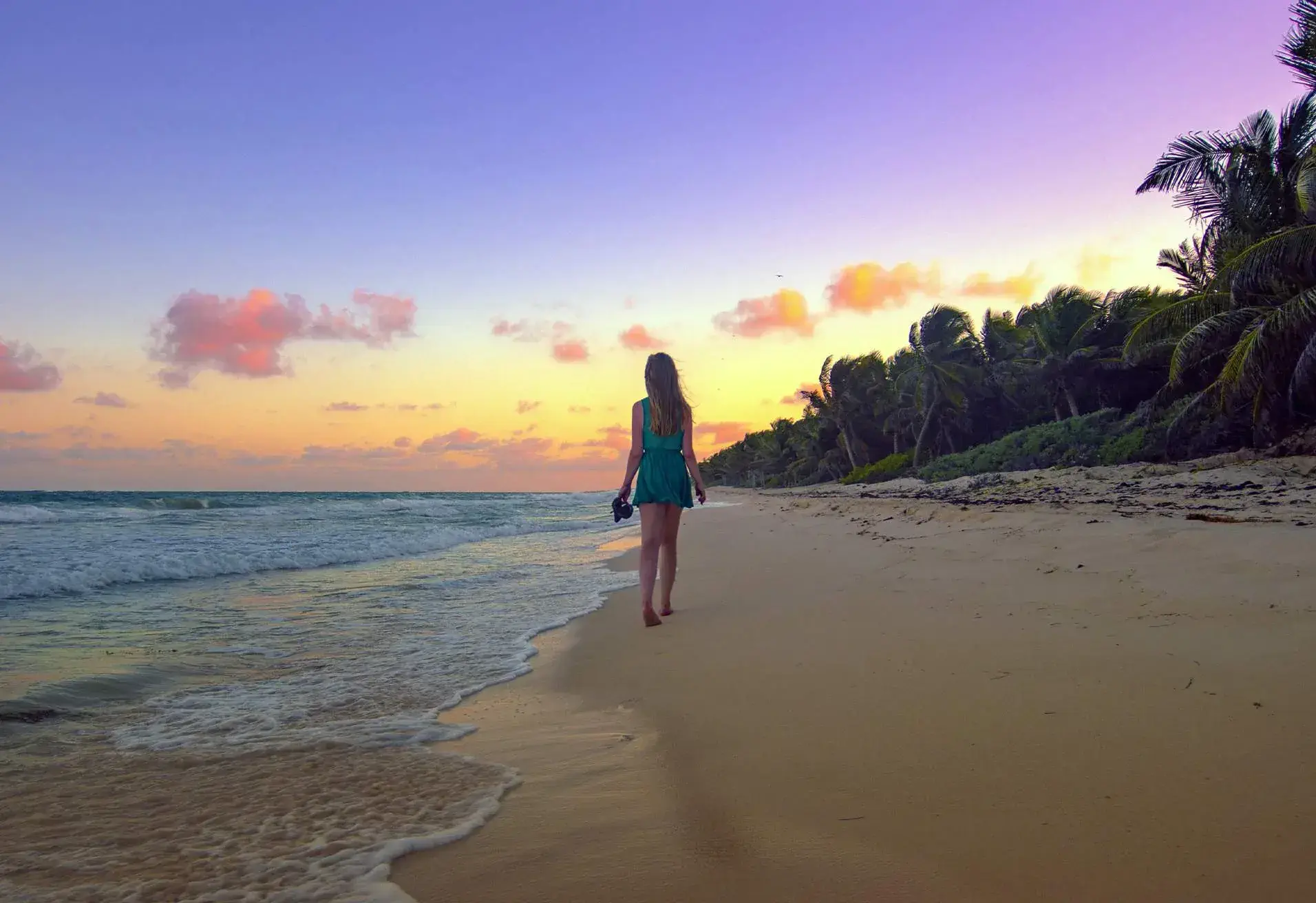When visiting Mexico, you’ve probably got either Chichen Itza or the Tulum ancient ruins in mind for a chance to catch a glimpse of the Mayan civilization. As iconic as these two may be, they aren’t the only Mayan ruins in Mexico you can visit. These ancient peoples were masters in mathematics and astronomy and built huge cities in stone, as well as temples in the form of towering pyramids that still stand today.
In Mexico, you will find ancient Mayan ruins scattered all over, from Cancun to the very remote jungles on the borders of Guatemala. Along with rediscovered hieroglyphic writings, murals and a collection of stelae left behind, they give a fascinating account of a civilisation so ancient yet so advanced; a people that held elaborate religious ceremonies to celebrate triumphs and important occasions. Touring these ruins is one of the best ways to holiday in Mexico.
Curious to find out how countries around the world celebrate important occasions? This calendar of celebrations around the world is your ultimate guide.
Mayan ruins in Mexico
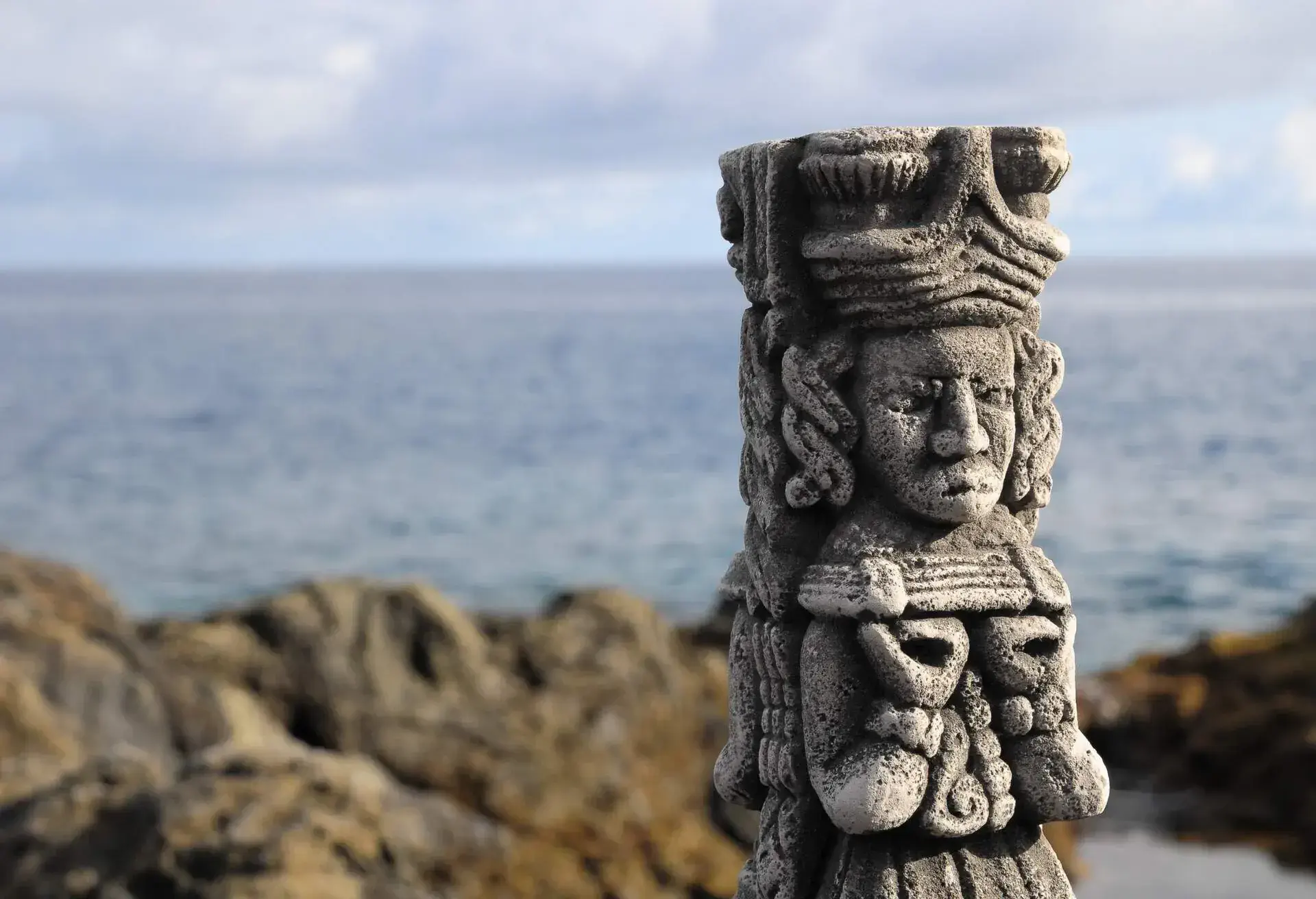
The Mayan civilisation was one of the largest of the Mesoamerican era, before the Spanish conquest. It stretched from modern southern Mexico into neighbouring Guatemala and further afield. Masters in mathematics, astronomy and art, they built a network of the most impressive cities even by today’s standards. These massive cities would have at one time been connected by a series of intricate roads, whose traces we can still see at many of the sites.
Through some of the most remarkable ancient ruins of Mexico, abandoned over 900 years ago, we are lucky to catch a glimpse of an ancient civilisation so sophisticated and innovative at its height of power.
When planning your trip to the ruins, especially if you’d like to take a trending picture, arrive as early in the morning as you possibly can; the more famous sites attract hordes of visitors. Depending on the time of year you go, remember to wear appropriate clothing to protect yourself because Mexico can get rather hot. Take some water and insect repellent if you’re visiting remote jungle locations.
Chichen Itza
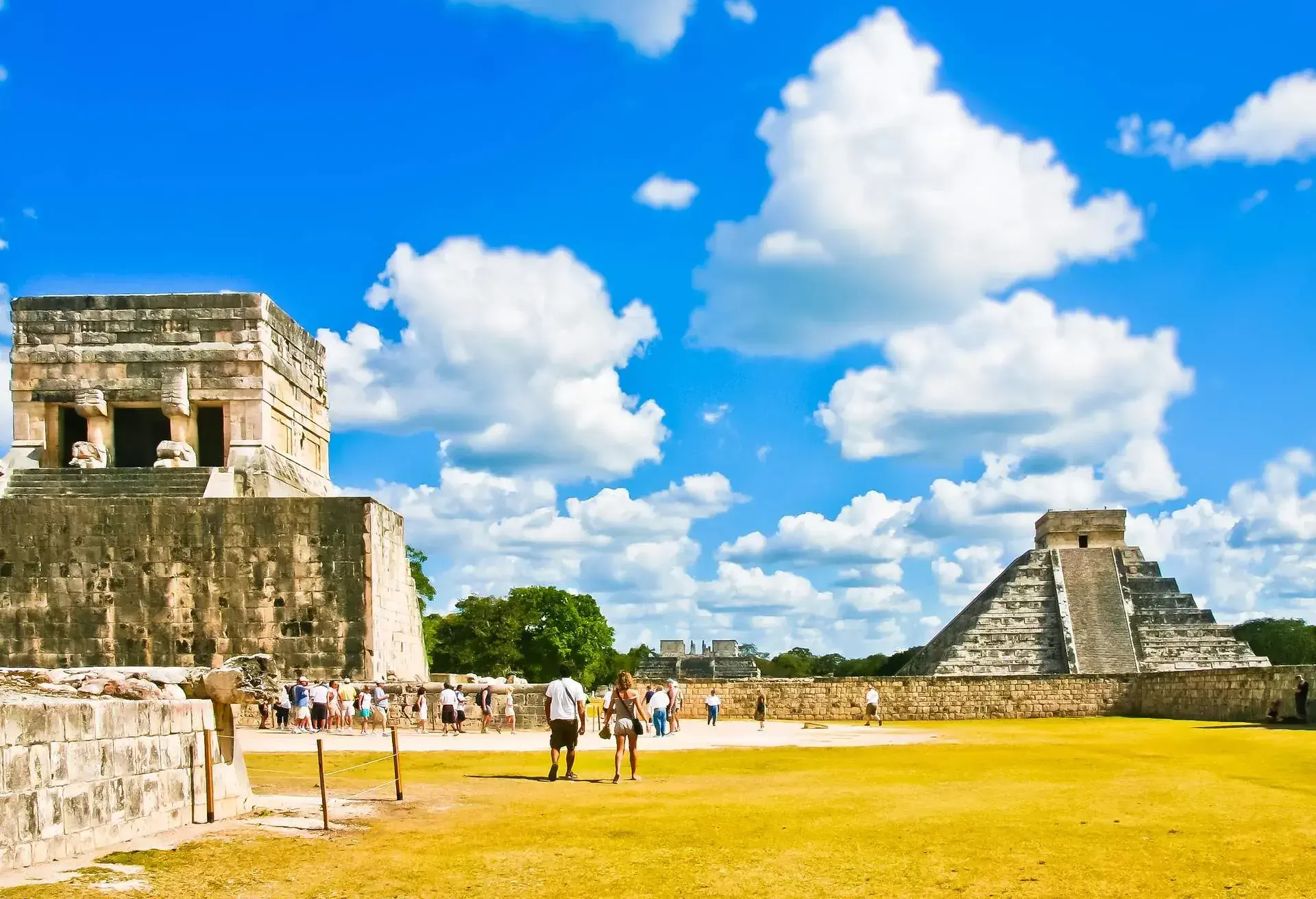
One of the most recognisable and one of the largest Mayan ruins in Mexico is Chichen Itza. Chichen Itza is a UNESCO World Heritage Site that occupies an area of around 10 km² and is located in the Yucatan Peninsula of Mexico. At the site are several attractions, including pyramids, the largest and most intriguing being El Castillo. It’s one of the best depictions of the Mayans’ understanding and use of astronomy in their day-to-day lives. Made up of 365 steps, each representing a day of the year, it has an observatory at the top from which they were able to observe the sun and other planets in order to plant and harvest at the right times of the year. You may sometimes hear it referred to as Kukulkan, a feathered serpent and the most revered of Mayan gods.The pyramid was built so that the sun casts a shadow of this mighty god over it during the spring or autumn equinoxes. It’s probably one of the best times to be here to watch it appear.
This is one of the best Mayan ruins in Cancun, Mexico, to visit whilst in the area. It’s perfect for a day trip from any of the resorts that line the region, especially when you want a break from the beach. You can hire a car and make a whole day of it, with beautiful historic towns located nearby. The area is surrounded by cenotes (natural pools), which are the perfect way to cool off on a hot day. Ik Kilo is one of the most beautiful in the region. However, if you’re pressed for time and just want to see the ruins and head back, join an organised tour group. There are plenty to pick from.
Address: Yucatan, Mexico
Tulum
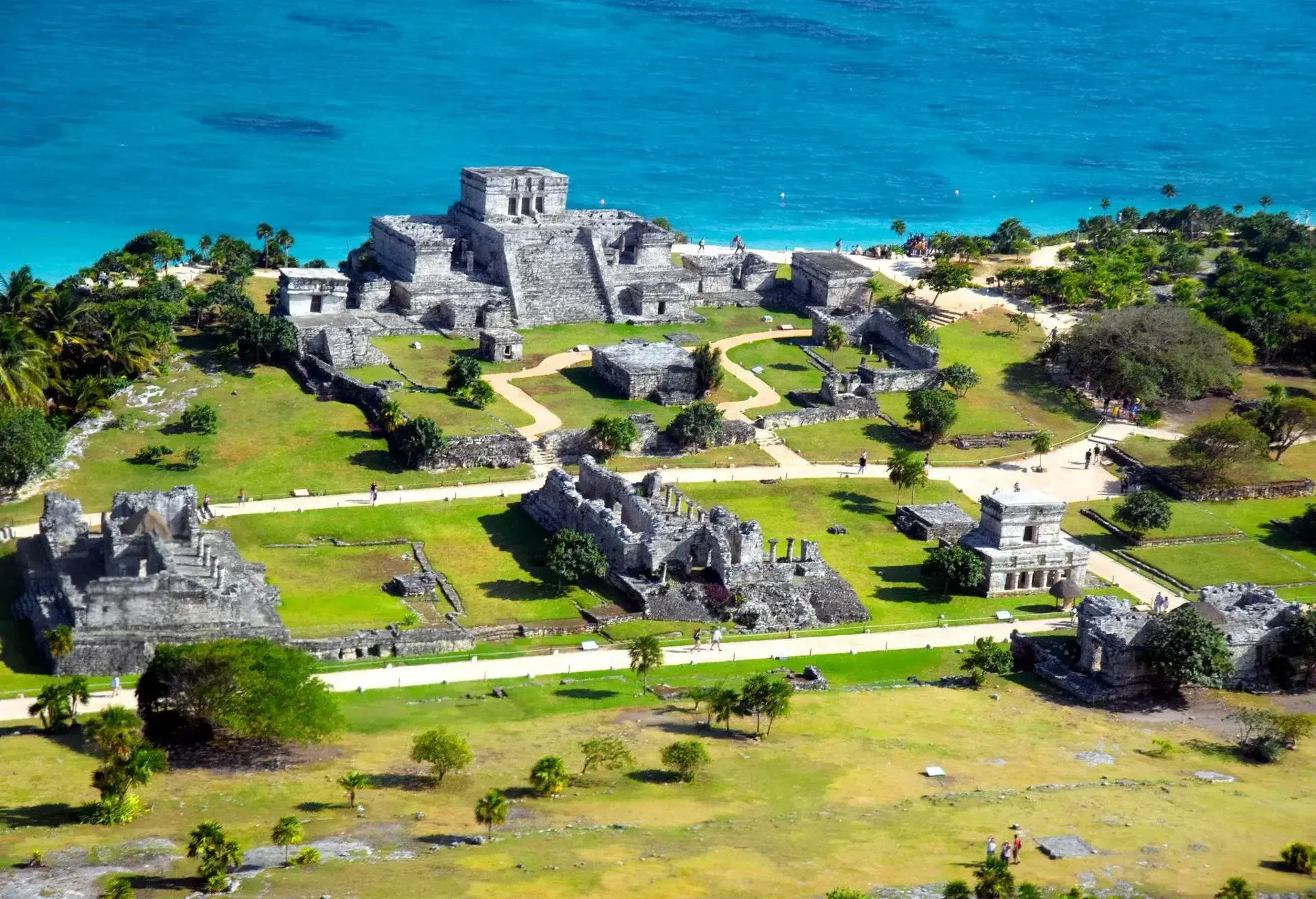
Also in the Yucatan region, this time perched on a cliff edge overlooking the Caribbean sea, is El Castillo, part of the Tulum ruins. This is one of the most recognisable ancient Mayan ruins of Mexico; you’ve likely seen photopraphs of these particular ruins on your socials. These Mayan ruins of Tulum are some of the most popular in Mexico. It may perhaps be because they sit on a stunning beach, but the sunrises from here are spectacular too and could account for the name by which they went in ancient times: Zama, meaning ‘sunrise’ in Mayan. The site is one of the very few walled cities the Mayans built and includes a town square, where El Castillo, nicknamed the lighthouse, stands. A temple’s facade features a figure with its head pointing down, which was probably the god of choice for the 1,000 or so residents who occupied it and several other structures of interest.
Without a doubt, one of the main draws to this ancient site is the beach below. The ruins are located on the eastern side of the Yucatan Peninsula, in the town of Tulum. Here, the brown-sand Playa Paraiso, Paradise Beach, stretches for miles and is perfect for a dip after your excursions. Lined by charming, thatched hotels and turquoise waters, it’s one of the top beach destinations in Mexico. It can also be easily reached from Cancun.
Address: Tulum Archaeological Zone, Carretera Federal, Cancun, Chetumal, Km 230,307,7780, Tulum, Mexico
Coba
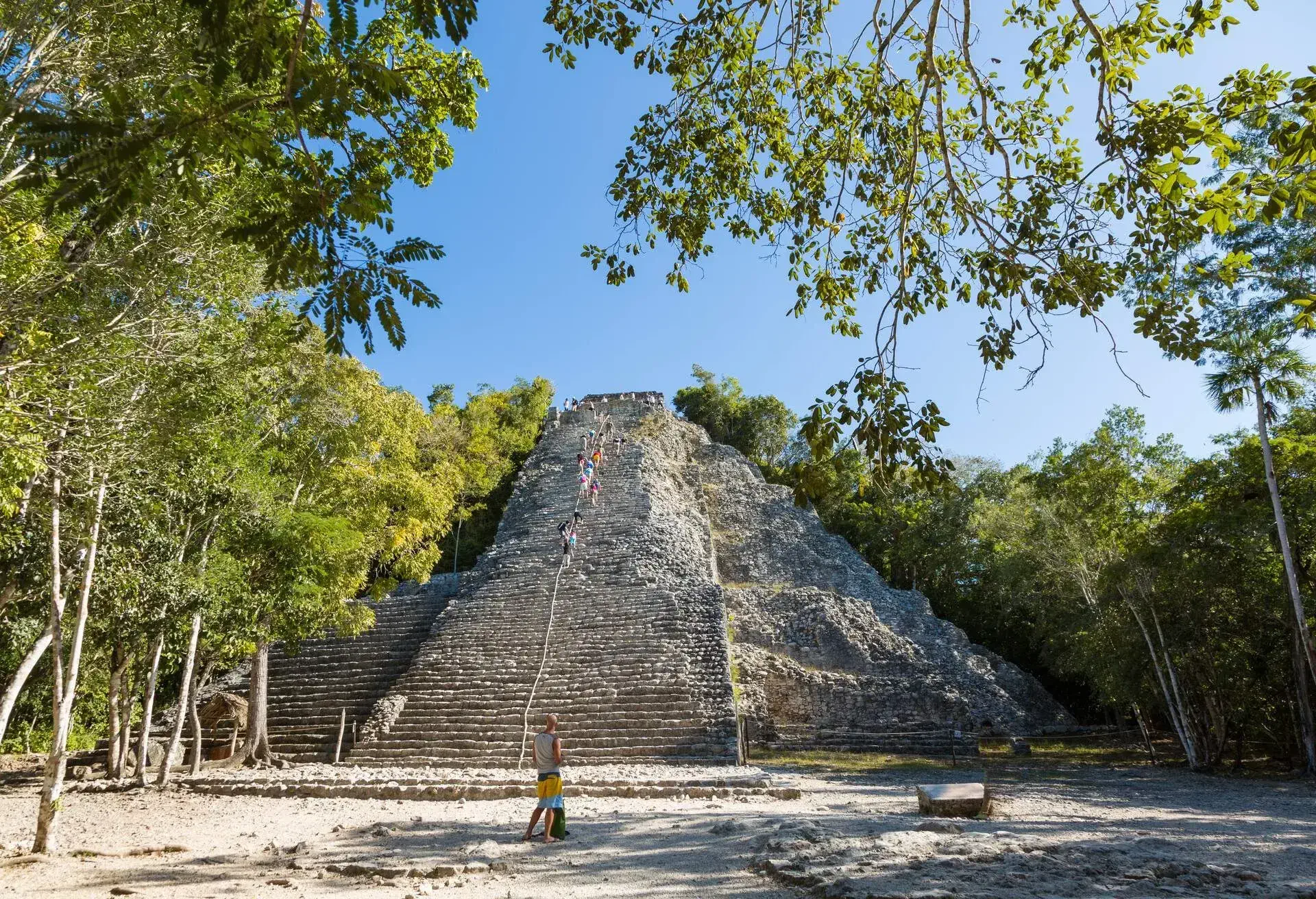
Escaping the radar of many a tourist to the Yucatan area are the ruins of Coba. Found in the northwest region of Tulum, they’re one of the largest Mayan ruins in Mexico and thought to have been a regional capital with up to 50,000 inhabitants at its height. As a result, the site spans a rather large 80 km² area, so it is advisable to hire a bike if you would like to tour most of it. This is home to the highest pyramid in northern Yucatan, the Nohoch Mul. Even better, it’s also one of the few remaining archaeological sites you can still climb in Mexico.
Located between the lagoon of Lake Coba and Lake Maconxoc, it’s one of the Mayan ruins in the Cancun area and is easily reached from Tulum. Hire yourself a car, as this will give you the freedom to tour the many cenotes around. The town of Coba is charming and has up-and-coming accommodation offering an alternative, should you wish to stay closer. Otherwise, arrive before 10 a.m. to have free rein of the place; most tourists arrive after 11 a.m.
Address: Carretera Federal Tulum 307, 77793, Coba Q.R. Mexico
Becan
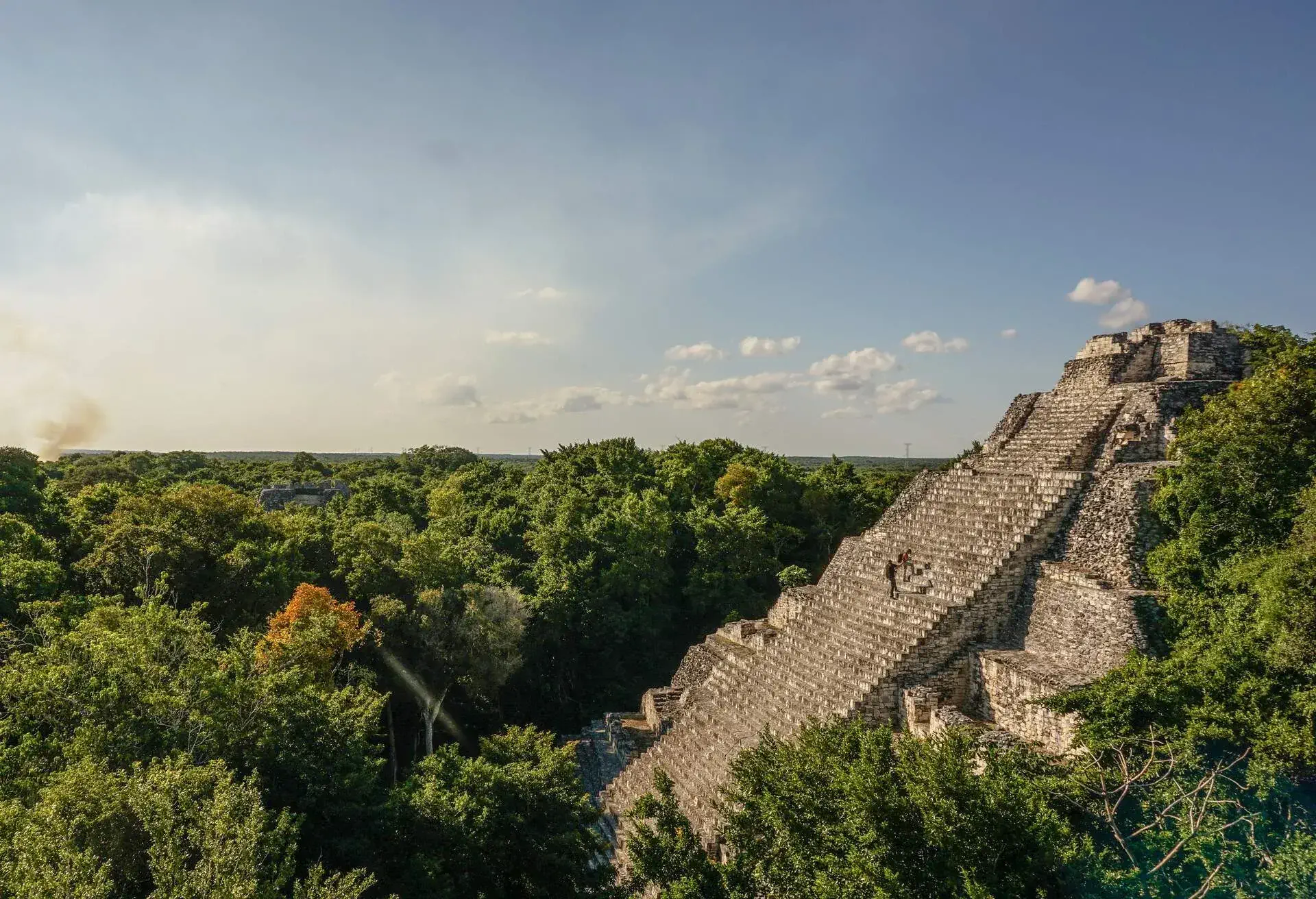
Almost as impressive as the Mayan ruins in Chichen Itza, but less visited, are the Becan ruins located in Campeche, set on roughly seven acres of land in central Mexico, north of Tikal. The site has around 20 structures that are all open to the public and has the largest pyramid in the Rio Bec region.
It can easily be reached by a roughly 3-hour drive from Tulum. However, nearby Chetumal is the place to stay on a visit. This rather quiet city is a cultural centre with two fascinating museums; one filled with Mayan artifacts and the other offering a history of the Quintana Roo region. A charming town with British architectural influences, it’s the perfect place for exploring the lagoons and jungles close by.
Address: Yucatan Peninsula, Campeche
Palenque
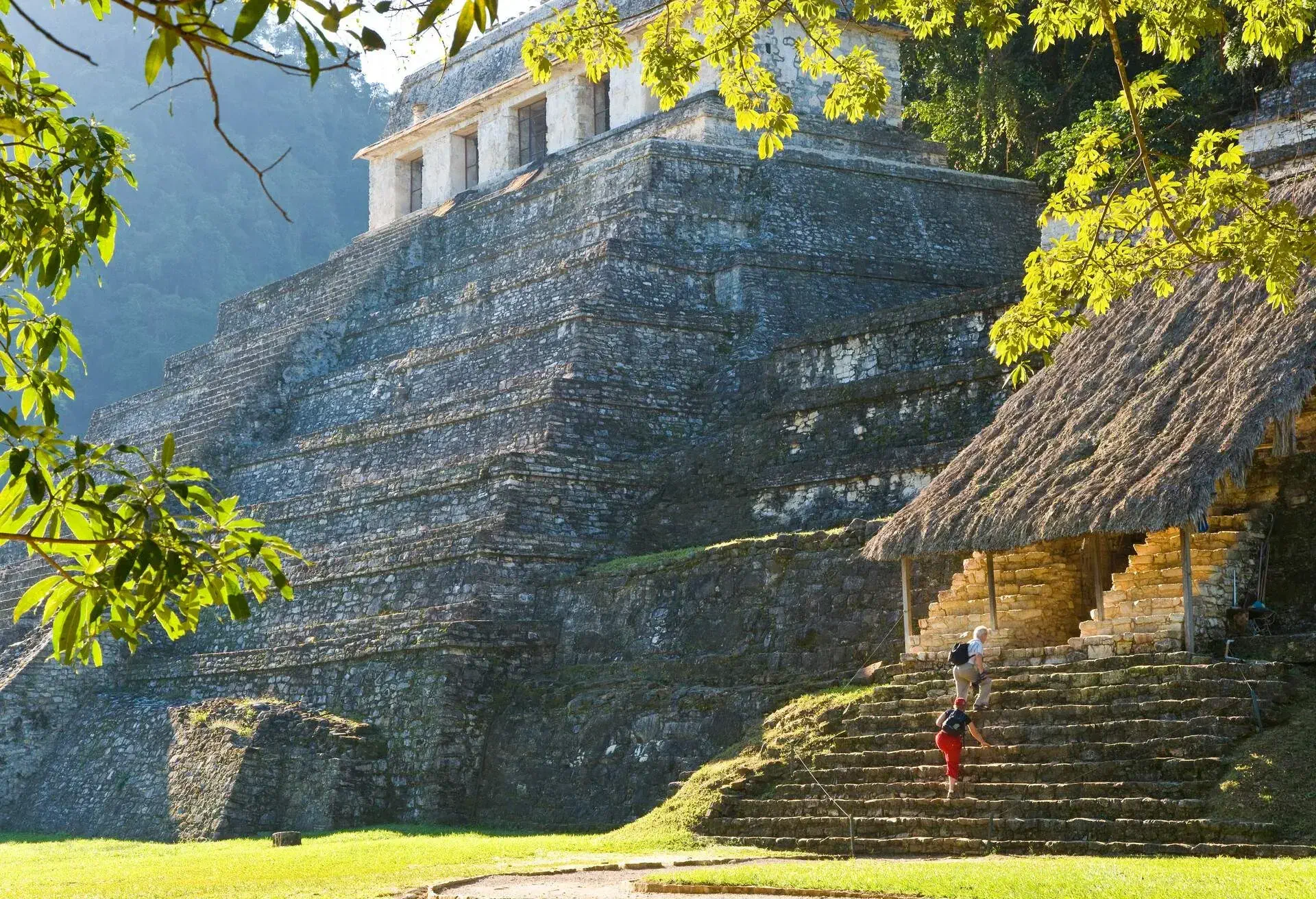
Deep in the mist-shrouded jungles of southern Mexico, in the state of Chiapas, amidst the calls of monkeys and parrots, lie the limestone pyramids, tombs and temples of Palenque. This UNESCO Heritage site may not be the largest of Mayan ruins but holds such importance in learning the history of the Mayans. At the Temple of Inscription, there’s a treasure trove of hieroglyphics, a key to unlocking the history of this fascinating ancient civilisation. Among its now greying ruins, which at one point would have been vibrantly coloured buildings in hues of blue, red and yellow, is a crypt belonging to one of its rulers, Pacal. They are expansive and flow into the surrounding jungle with only a part of them excavated.
Palenque is extremely hot all year round, but respite comes in the months of November through to March, making it the ideal time to visit. For an ethereal experience, aim to arrive at the site early in the morning, when the mist is still hanging over the ruins; it’s also the coolest time of day. It’s an ideal location to stay for at least two days, hire a car and go hiking to do your time in the area justice.
Address: Carretera a Palenque-Zona Archaelogica, Km. 8, 29960, Palenque, Chis, Mexico
Bonampak
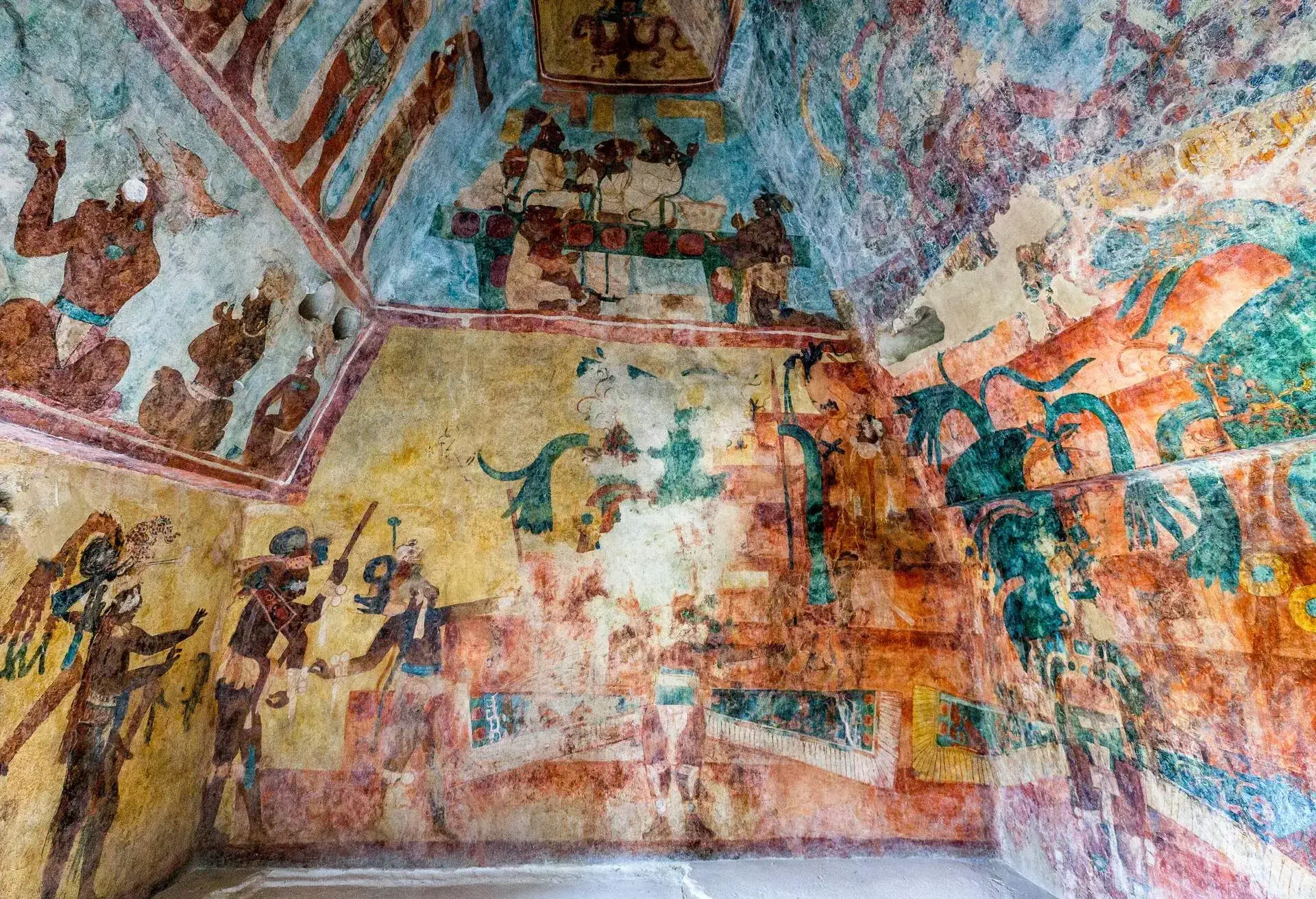
One of the must-visit hiking locations in Palenque is also where you will find some of the best-preserved and most colourful murals from the Mayan era. Bonampak, approximately 2 hours southwest of Palenque, is a relatively small ancient site with only a small area excavated. Located within the site are an acropolis, a grand plaza and the main attraction, the painted walls of a temple from which it gets its name. The murals are extremely beautiful and depict important tribal rituals, war scenes and even music. Through them is a clear recording of day-to-day Mayan life.
The Lacandon jungle within which the ruins can be found is in a remote part of Mexico close to the border with Guatemala, so exercise caution when visiting. Take a guide with you if possible or join a group on tour. Other than Palenque, stay in the historic town of San Cristobal de las Casas. This charming colonial town with cobbled streets and colourful markets is surrounded by traditional villages and is the heart of an indigenous community that co-exists with a modern world of luxurious hotels. It’s one of the best places to visit whilst in Mexico.
Address: 29933 Chiapas, Mexico
Calakmul
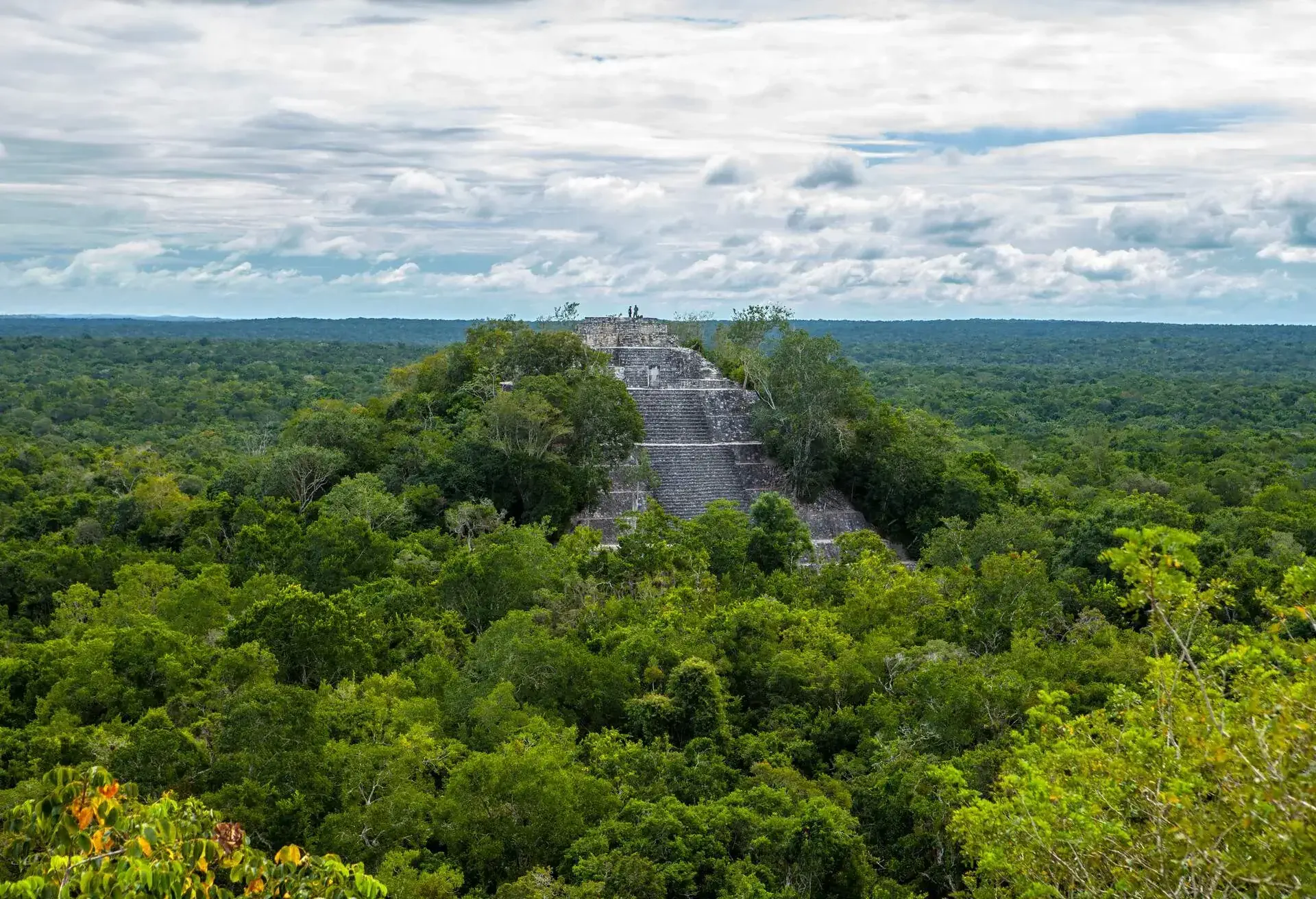
Within the Biosphere Reserve of Calakmul are the ruins of one of the leading cities of the Mayan era. Calakmul is one of the largest ancient Mayan ruins in Mexico and was thought to have had up to 65,000 residents at its height. Covering an expansive area of approximately 20 km², it’s home to the highest Mayan pyramid in Yucatan. And on a clear day, if you reach its summit, you can see the El Mirador site in Guatemala. Found on the site is what is believed to be the biggest collection of stelae, commemorative stone slabs, of any of the Mayan ruins. Among the later discoveries on the site is a temple with some of the most magnificent murals from the Mayan world.
The recommended way to reach the reserve is by hiring a car. Yet again, this allows you flexibility and will cut short an otherwise arduous trip to Xpujil. Calakmul is roughly a 30-minute drive from the town of Conhuas in Campeche, near the borders of Mexico and Guatemala. It’s worth exploring the reserve alone for its diverse forestry, the largest in the Yucatan region, and it is home to almost 350 types of birds and over 100 types of animals. Want to see a jaguar? Head here between December and February when it’s mating season and they’re most likely to be spotted.
Address: Campeche, Mexico
Cozumel
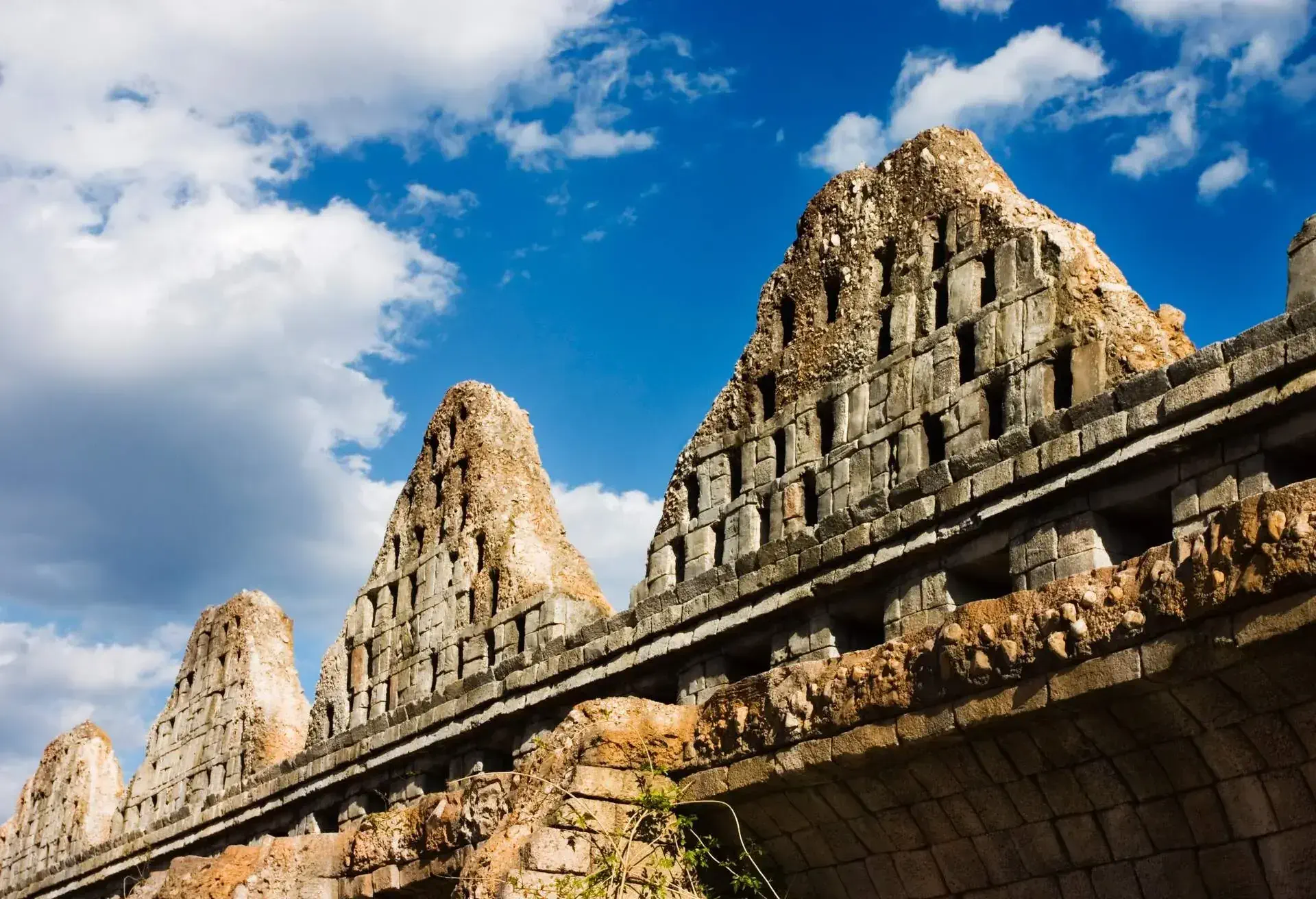
If you’ve ever wondered if there are any Mayan ruins in Cozumel, then the answer is of course there are! This beautiful island, easily accessed by ferry from Playa del Carmen, is a dream destination. It’s the perfect location in Mexico if you want to mix in a beach holiday whilst visiting some ancient ruins and avoiding all the usual crowded places. Surrounded by pristine beaches and cenotes, it’s perfect for scuba diving and snorkelling to better appreciate the abundant coral reefs found in the area.
On the northern part of the island, near the town of San Miguel de Cozumel, you will find San Gervasio. It may be a small site but it held historical importance, as it is the site of an ancient settlement dedicated to the Mayan goddess Ixchel, the goddess of fertility and medicine; many Mayans would have travelled long distances to the site. Located on the site are various residences, including one believed to have been that of Lord Itza. The oldest ruins on the island, located in a town by the same name, are the El Cedral ruins, also dedicated to the goddess Ixchel with a surviving temple structure.
Uxmal
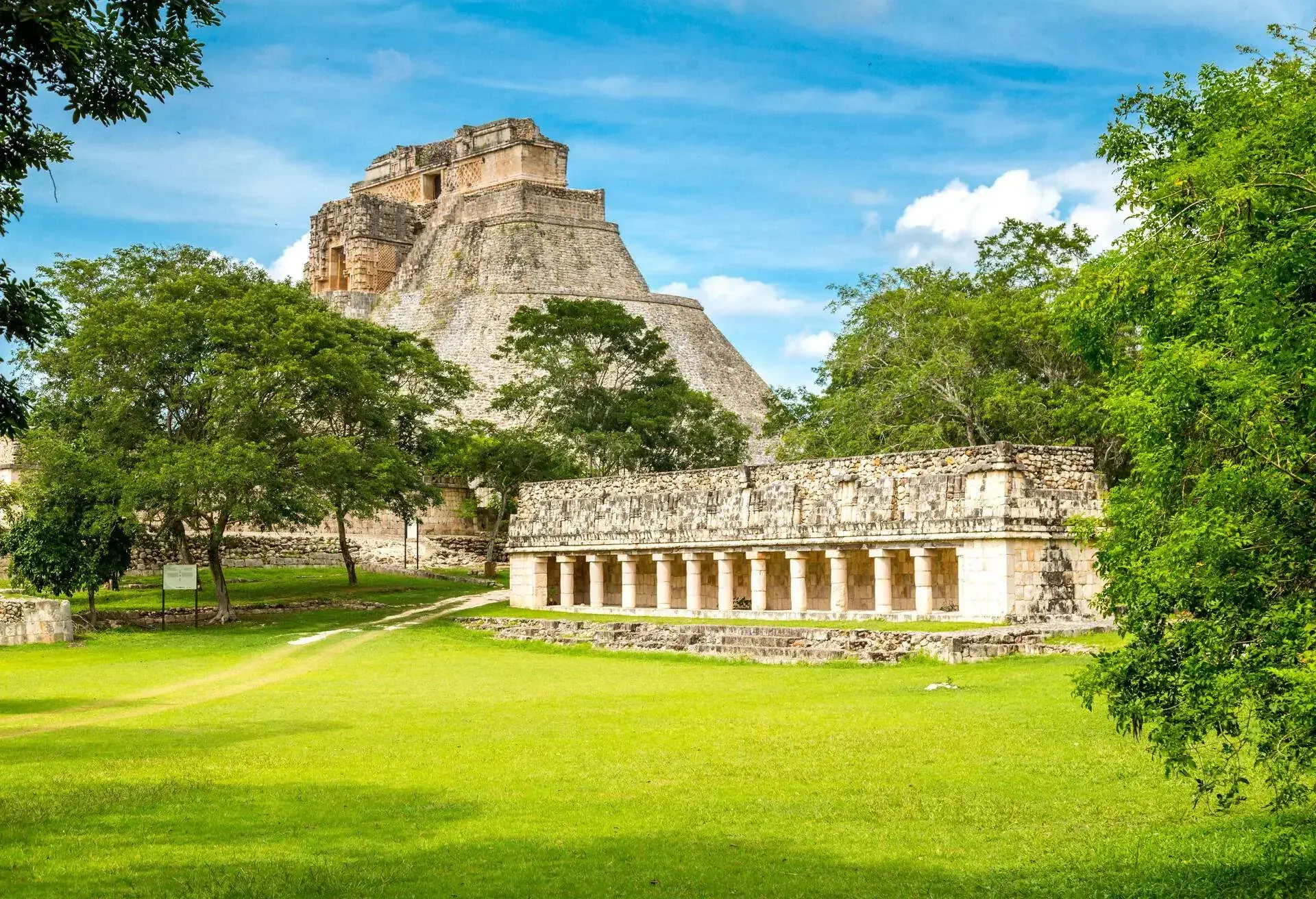
A final site worth a visit is near the city of Merida. Uxmal was once home to over 20,000 inhabitants. It was an important stop on the Puuc route, which would have connected the Mayan towns of Labna, Kabah and Sayil. The city took its name from its largest pyramid, the Pyramid of the Magician, a pyramid thought to have been built over existing structures. Its name translates to ‘thrice built’, and it’s now a UNESCO Heritage Site with ornate carvings and sculptures. It’s another location with sites you can climb, so it’s truly worth a visit if that’s a thing to do on your bucket list.
Merida, the capital of Yucatan, is a stunning city where colonial influences can still be seen from its dominant architecture. A perfectly located city for any type of holiday, both beaches and nature reserves are close by; the main draw is its culinary experiences. Markets, such as the Mercado Lucas De Galvez and Mercado Santiago, will draw you in with an array of colourful wares. It’s the perfect place to have an authentic Mexican holiday experience.
Address: Yucatan, Mexico
If this article has ignited your love for nature and local history, the national parks in Australia have plenty to offer, too. However, you don’t have to travel that far for outdoor adventures. This article on natural attractions in the UK has an extensive list of adventurous places to visit closer to home. But if you’re looking for something a little further afield, take a look at the 20 most beautiful places in Spain.

